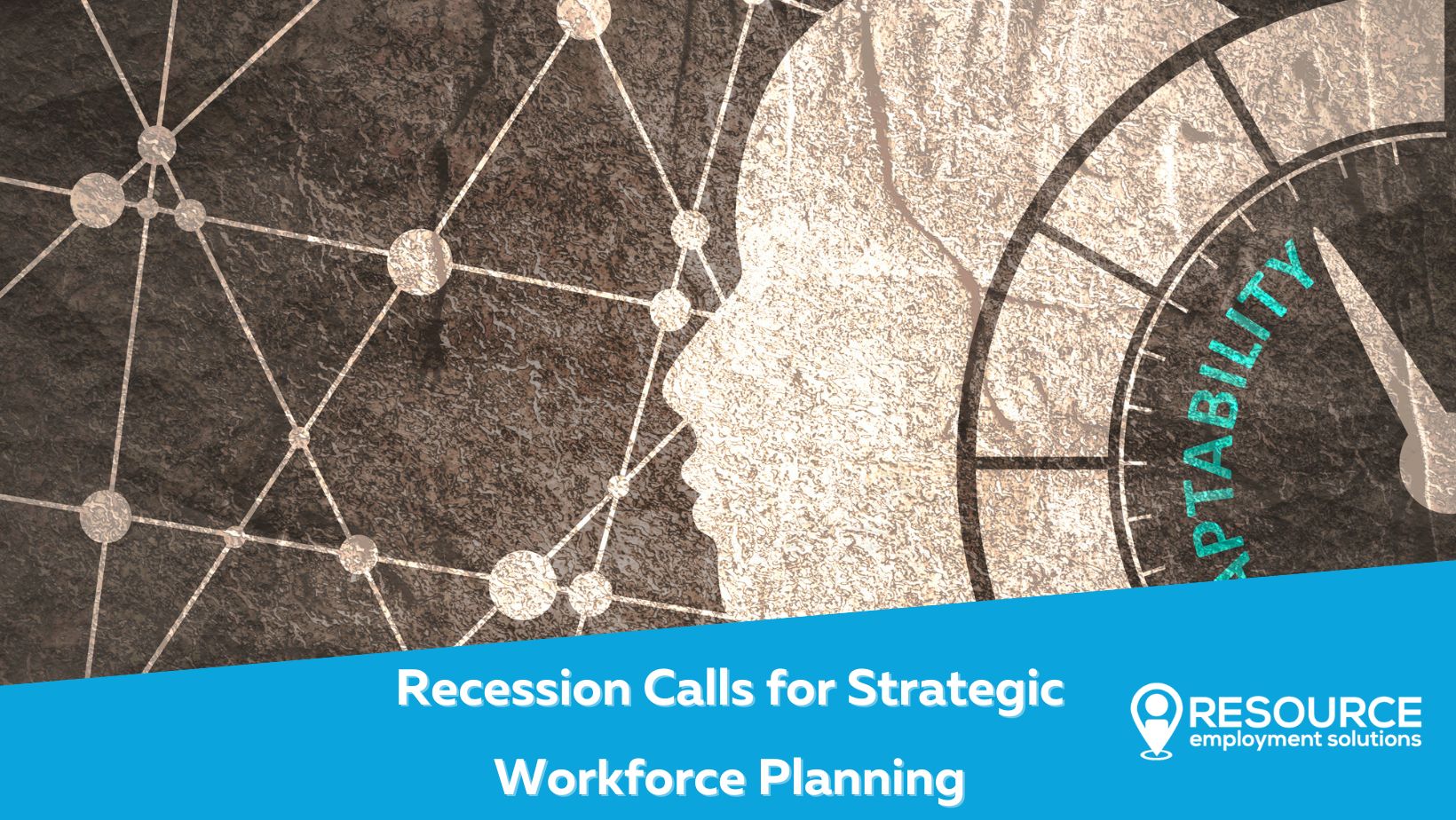Recession Calls for Strategic Workforce Planning: Navigating Turbulent Times with Adaptability

In times of recession, strategic workforce planning becomes essential for businesses to navigate the storm with resilience. By analyzing market conditions, anticipating talent needs, and promoting adaptability, companies can align their workforce to meet changing demands. Embracing talent mobility and dynamic succession planning ensures a robust workforce that thrives amidst economic uncertainty. Strategic workforce planning empowers organizations to identify skill gaps, invest in upskilling, and implement flexible staffing models for optimal resource management. With a focus on talent retention and employee development, businesses can stay agile and competitive, emerging stronger from economic downturns and positioning themselves for sustained success in the future.
In the ever-evolving landscape of business, economic downturns, such as recessions, can cast a shadow of uncertainty on organizations and their workforce. During such challenging times, the importance of strategic workforce planning becomes evident. By analyzing market conditions and anticipating talent needs, companies can align their workforce with changing demands. In this blog, we will explore the significance of adaptability and agility in workforce planning, empowering businesses to stay resilient and thrive amidst turbulence.
Analyzing Market Conditions for Insightful Workforce Planning
During a recession, market dynamics shift rapidly, forcing businesses to reassess their strategies and operations. Strategic workforce planning involves a deep understanding of the market conditions to make informed decisions.
In-depth Market Research: Companies must conduct comprehensive market research to identify emerging trends, consumer preferences, and potential growth areas. By analyzing this data, businesses can anticipate future talent requirements and align their workforce accordingly.
Forecasting Talent Demands: Strategic workforce planning involves forecasting talent needs based on projected business growth or contraction. This helps organizations proactively address workforce gaps and make timely adjustments to prevent talent shortages or redundancies.
Anticipating Talent Needs to Nurture Organizational Resilience
A recession can put immense pressure on businesses to optimize their resources and streamline operations. Anticipating talent needs enables companies to nurture organizational resilience and maintain a competitive edge.
Skill Gap Analysis: Identifying existing skill gaps and predicting future skill requirements are essential aspects of workforce planning. By conducting skill gap analyses, companies can prioritize upskilling and training initiatives to ensure their employees possess the capabilities needed to navigate through turbulent times.
Promoting Talent Mobility: Cross-functional training and internal job rotations can facilitate talent mobility within the organization. This enables employees to adapt to new roles and responsibilities, promoting organizational flexibility and efficiency.
Embracing Adaptability and Agility for Workforce Resilience
The ability to swiftly adapt and respond to changing circumstances is crucial for workforce planning during a recession. Embracing adaptability and agility empowers companies to navigate uncertainties with confidence.
Flexible Staffing Models: Implementing flexible staffing models, such as contingent workforce arrangements or temporary contracts, allows businesses to scale their workforce according to fluctuating demands. This approach ensures cost-effectiveness and agility in managing talent requirements.
Dynamic Succession Planning: In times of economic uncertainty, a dynamic succession planning strategy is invaluable. Identifying and nurturing potential leaders within the organization ensures a seamless transition of responsibilities, maintaining continuity and stability.
As economic downturns test the resilience of businesses, strategic workforce planning becomes a beacon of light amidst uncertainty. By analyzing market conditions, anticipating talent needs, and embracing adaptability and agility, companies can align their workforce with changing demands. The ability to proactively address talent gaps, promote talent mobility, and foster a culture of adaptability ensures that organizations remain robust and agile during turbulent times.
In the face of recession, strategic workforce planning emerges as the compass that guides businesses towards success. As organizations navigate through the storm of economic challenges, they can trust in their workforce planning strategies to steer them towards calmer waters, emerge stronger, and position themselves for sustainable growth in the future.
Written on behalf of Resource Employment Solutions.
Connecting Top Employers And Top Talent
Sustainable, productive, and adaptable workforces are catalyzed when employers and talent connect across a spectrum of compatibility. Resource Employment Solutions prioritizes this compatibility to match the nation’s top employers, small and large, with the best people to get the job done. Find your employment solution with RES today.


